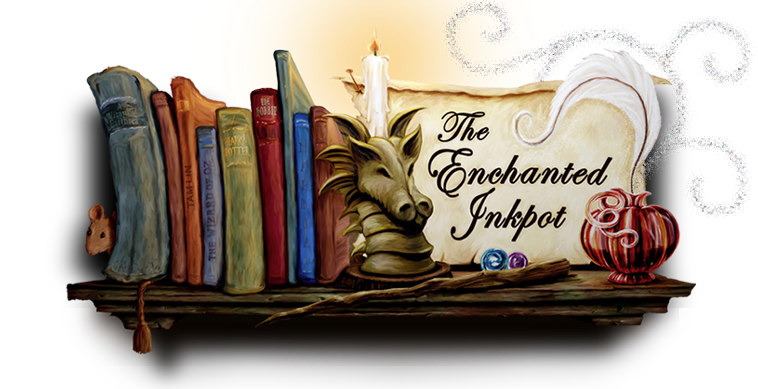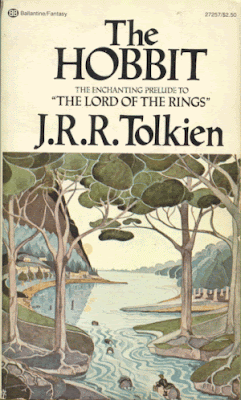Cindy: Sarwat, thank you so much for visiting us here at The Enchanted Inkpot! I am so excited to discuss your latest novel, The Savage Fortress, just released by Arthur A. Levine Books. I remember so well the first time we met at ALAN 2010, and you speaking so enthusiastically about bringing more diversity into the stories we write and publish. It's wonderful to see you having actively done that and succeed in releasing so many fantastic novels (Sarwat's great young adult novels include The Devil's Kiss and Dark Goddess) that do include diverse characters and interesting lore from all across the world.
I think what really drew me immediately to The Savage Fortress was the Indian mythos you used in the story. Could you tell the inkies what inspired you the most, or drew your interest, when you initially had the idea to write this novel?
Sarwat: I lived in the Far East for a couple of years and spent a while travelling around the place. While I love fantasy it’s often based on familiar North European clichés of knights, castles, goblins elves and dragons. Ironically it makes it less fantastical. But there are amazing places out east. For real. Cities like Lhasa, Kathmandu, Varanasi and Jaisalmer are straight out of myth with temples, palaces, holy men and gods and goddesses on every street corner. It amazed me these cultures weren’t being explored more.
Cindy: Having read all your novels, I know that you were never one to hold back when it came to the gruesome details of demon hunting and fighting evil. You write some quite horrifying scenes in The Savage Fortress. Did you feel you had to approach your storytelling differently since you were writing middle grade versus young adult?
Sarwat: Nope. Not at all. If anything the shock should be greater within Mid-grade as my YA series the characters lived violent lives, so to a degree, the violence was part of their day to day lives.
What I focus on, and want the reader to feel, is the consequences of the bad things that happen, often the death of someone significant. I don’t believe in doing stuff like that off stage. It’s a cop out. There’s a line between voyeuristic blood and gore for entertainment and that’s what I try and avoid. But with all things there’s some personal taste and experience involved. I don’t write ‘nice’ stories and some amount of reader discomfort is intentional, especially regarding morality. Who decides who or what is good or evil?
Cindy: As much as I loved your world building and monsters, I think what I loved most about this novel was the relationship between Ash, our hero, and his younger sister, Lucky. Family is important in Ash's world, and in this story. And the sibling relationship tied the threads of the story together so wonderfully. Was this something you set out to do?
Sarwat: Again it was to avoid the trope of the orphan hero. Most of us belong to and are a part of a family, so why is this often ignored within children’s fiction? I wanted it to be central to the plot and I do have sisters and love that dynamic. Ash’s test is the one we all consider when we have family. Who would you die for? Where is the line between familial loyalty and love?
Cindy: We've both discussed our passion for bringing more diversity into young adult and middle grade books. Now that you are a seasoned author with three published novels and two more to come--how do you feel is the state of inclusiveness now? What books or projects are you hoping to work on in the future?
Sarwat: I think children, especially younger ones, are the most open to diversity. They want to explore the world. This is reflected in younger fiction where nobody bats an eyelid if the protagonist is a teddy bear.
With characters from ethnic backgrounds they face a peculiar challenge, especially as the reading age increases. They can’t just be, their ethnicity has to be about something, it has to mean something. If he’s Muslim, the common trope is terrorism. If it’s a female protagonist there’s often an arranged or forced marriage theme. Black teen boy? Then it’s his struggle against gang culture and drugs. Characters need to be morally ‘worthy’.
Aaargh!
Day One my editor (Cheryl Klein at Arthur A Levine) and I agreed Ash would be utterly unworthy. He’s just a 13 year old boy. He’s got no hang ups about the injustices of race, the British Empire or anything like that. He just is what he is. And what he is is totally and utterly BADASS.
Cindy: And last but not least, what is your favorite pastry or dessert?
Sarwat: Oh I love cheesecake but had the BEST EVAH pecan pie when I was in Texas. I still dream about it.
 Cindy Pon is the author of Silver Phoenix (Greenwillow, 2009), which was named one of the Top Ten Fantasy and Science Fiction Books for Youth by the American Library Association’s Booklist, and one of 2009′s best Fantasy, Science Fiction and Horror by VOYA. The sequel to Silver Phoenix, titled Fury of the Phoenix, was released in April 2011. Her first published short story is featured in Diverse Energies, a multicultural YA dystopian anthology from Tu Books (October 2012). Cindy is also a Chinese brush painting student of over a decade. Visit her website at www.cindypon.com.
Cindy Pon is the author of Silver Phoenix (Greenwillow, 2009), which was named one of the Top Ten Fantasy and Science Fiction Books for Youth by the American Library Association’s Booklist, and one of 2009′s best Fantasy, Science Fiction and Horror by VOYA. The sequel to Silver Phoenix, titled Fury of the Phoenix, was released in April 2011. Her first published short story is featured in Diverse Energies, a multicultural YA dystopian anthology from Tu Books (October 2012). Cindy is also a Chinese brush painting student of over a decade. Visit her website at www.cindypon.com.
















